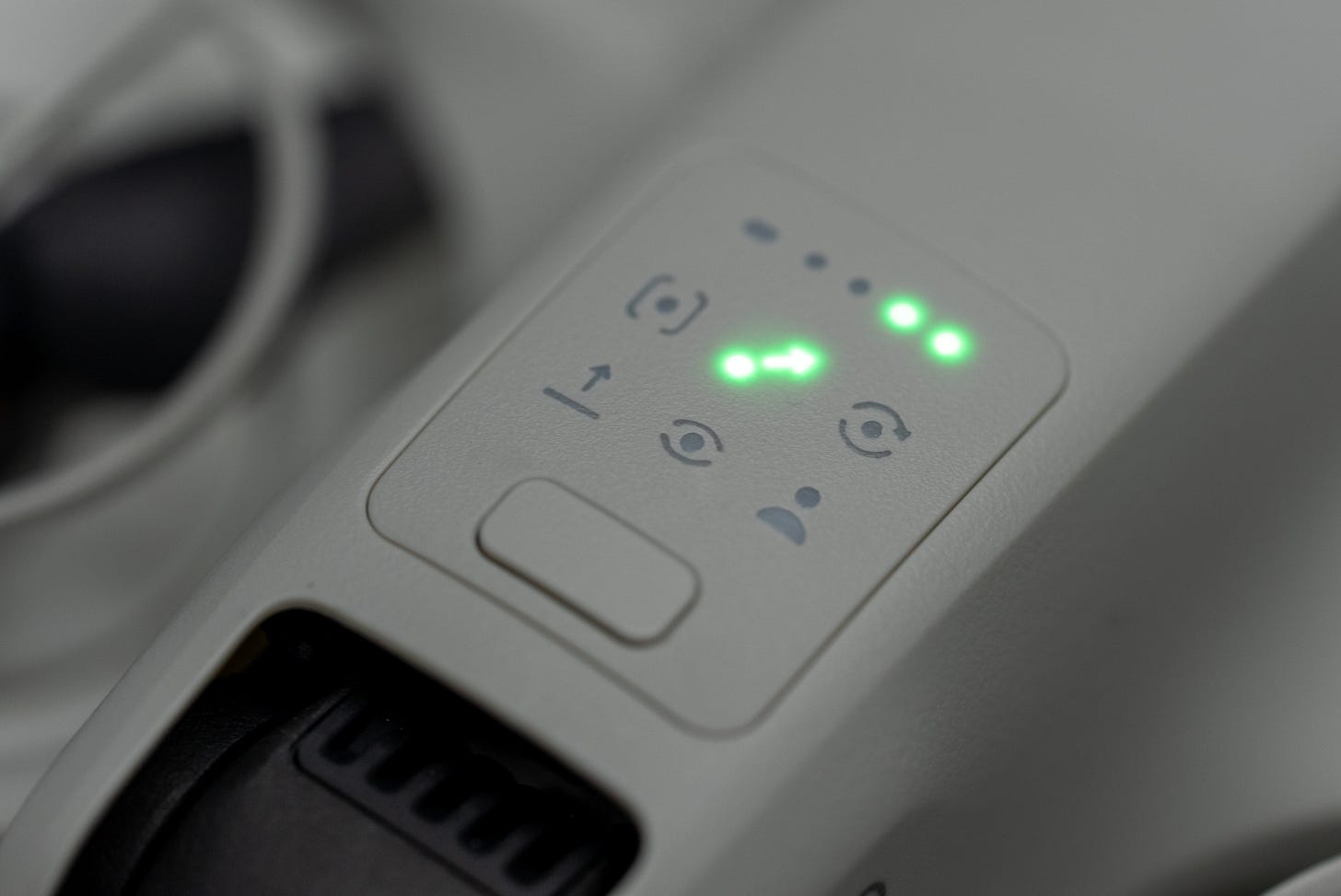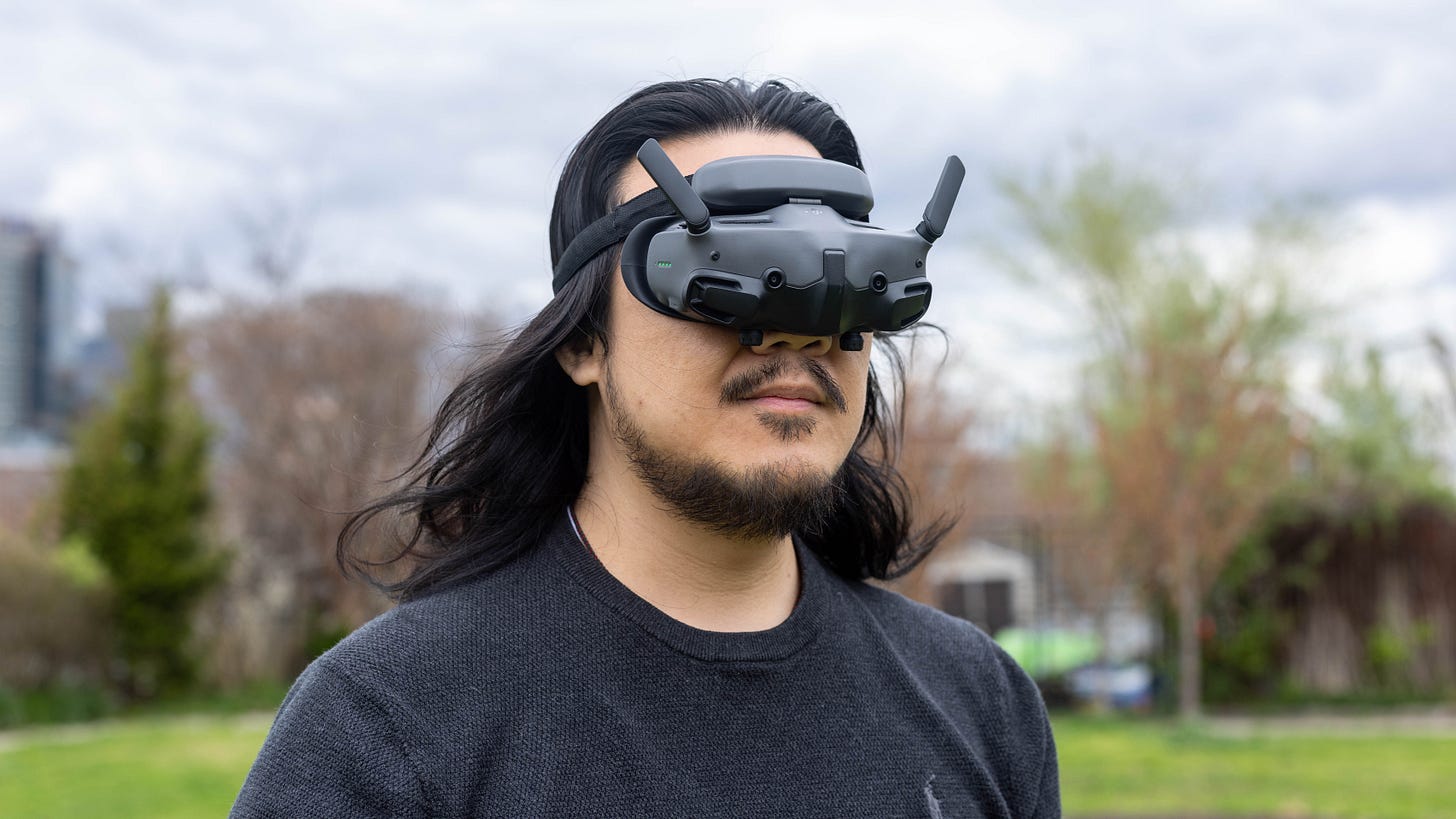DJI Neo hands-on review: the $200 palm-sized selfie drone everyone is going to want
Compact, smart, and affordable
Pros
✅ 🖐️ Compact enough to fit on your palm and weighs almost nothing
✅ 🤖 Superb AI tracking powers autopilot for drone novices
✅ 🚁 Quick and simple startup requires no controller or smartphone app
✅ 💸 Attractively affordable $200 price
Cons
❌ 💨 Can only fly in conditions under 15mph gusts of wind
❌ 🪫 18-minute battery life will limit extended-distance flights
❌ 🫣 Only downward obstacle detection for landing
There are very few tech products I feel that are made for everyone, but the DJI Neo is one of those rare examples. It’s an incredibly attractively priced $200 selfie drone that’s simple enough for anyone to fly. Plus you can use it to shoot 4K30 video and 12MP selfie images from the air, a perspective you can’t capture with your smartphone unless you toss it in the air. The drone otherwise does everything for you with smart AI tracking and automatic flight paths that move around you.
Quick launch flight modes (sans app or controller) make it incredibly easy to get the DJI Neo flying in seconds. The fact that it can take off from your palm and only flies 10 meters away removes the hassle of preflight checks you need to perform with drones and the stress of losing it in the stratosphere.
And if you’re feeling brave enough to soar into the blue yonder, you buy a controller to significantly extend the DJI Neo’s flight range. Its 18-minute battery life and inability to fly in 15mph winds are limiting, but this drone is more of a stepping stone toward DJI’s more professional quadcopters like the DJI Mini 4 Pro.



🤑 Irresistible price. The DJI Neo’s best selling point is its low $200 price. If you’ve ever been on the fence about buying a drone or have been anxious about all the technicalities of flying a drone, the DJI Neo is an easy stepping stone to get started.
🖐️ Palm-sized for real. I almost couldn’t believe how small the DJI Neo claimed to be until I held it. It’s so small, it just covers the palm of my hand and barely weighs anything at 135 grams. This is easily a drone you could fit into a jacket pocket, purse, or any bag to carry with you anytime.
🚁 One tap to fly. DJI has truly simplified drone flying with the DJI Neo to the point you don’t have to connect a controller or even the DJI Fly smartphone app. You can tap the back button to power it on, press the front button to select between six basic QuickShots, or just have it follow you. Pressing and holding the mode selection button will prompt the drone to start and take off from your hand. And after the drone is done flying, it will land all on its own or you can place your hand under it to command it to do so.


📝 Tune settings on the fly. DJI has reinvented its Fly app for the Neo. Normally the DJI Fly app launches you into a horizontal camera view with settings on the side once you connect to any of its other drones. When connected to the DJI Neo, the Fly app has a vertical menu with a tiny live-camera feed followed by a start button and a dropdown list of all the QuickShots modes. No virtual sticks here, you can either set the drone to follow you or fly in one of DJI’s preset routes.
🤖 AI autopilot drone. The Neo is DJI’s most hands-off drone yet, and it’s designed to follow you with AI object recognition to make more use of all of the company’s familiar QuickShots flight patterns; Follow, Dronie, Circle, Rocket, Spotlight, and one Custom option. You can dive into these individual QuickShots to configure how far the drone will move away from you while flying in an arc around you or rocketing into the air. Just be aware that you have to eyeball safe flight distances yourself. There are also almost no obstacle detection sensors to stop Neo from crashing into a tree or powerline, so you have to babysit this drone more than others.
🏃♂️ Follow me. The new AI tracking is supposed to be smarter about following your exact path around obstacles. DJI tells me it’s also much better at reacquiring you if it loses track of where you are. However, I wasn’t able to test both features on the IFA 2024 show floor, so I’ll have to test them more in my full DJI Neo review.
🕹️🥽 Compatible pro accessories. Despite how simple the Neo is, it’s DJI’s most extensible drone yet since it’s compatible with all of its current controllers and even augmented reality goggles. Connecting any controller including the RC-N3, RC Motion 3, or FPV Remote Controller 3 will extend the DJI Neo’s flight range from 50 meters to 10 kilometers. You can also use the DJI Neo as a starter FPV drone as it’s fully compatible with the latest DJI Goggles 3. I love how simple this drone is on its own, but the ability to expand its flight range and capabilities with a few accessories gives this drone even more versatility for beginners.
🤳 Selfie drone. The DJI Neo is centered around capturing yourself in 4K30p video and detailed 12MP stills, making it the closest thing to a selfie drone. All of its QuickShots and Follow modes use AI to keep you centered in the frame. I love the simplicity of this drone, even my mom would understand it. I can see this drone being used by a lot more people who just want to capture a little aerial photo or video of themselves.


🔋 18-minute flight time. The DJI Neo’s 18-minute flight time is a bit low compared to the 30 minutes of flight I usually can get from the company’s other drones like the DJI Avata 2 and DJI Mini 4 Pro. But since you won’t be sending the drone miles away most of the time, this should be more than sufficient flight time to record all the footage you need. Of course, you’ll probably feel this limitation more if you try to fly a drone with a controller and I’ll be testing this in the near future.
Kevin Lee is The Shortcut’s Creative Director. Follow him on Twitter @baggingspam.









